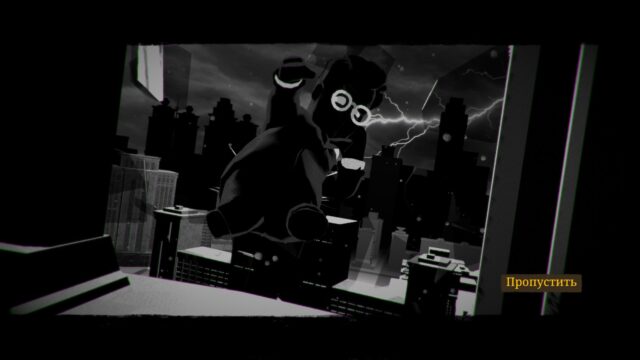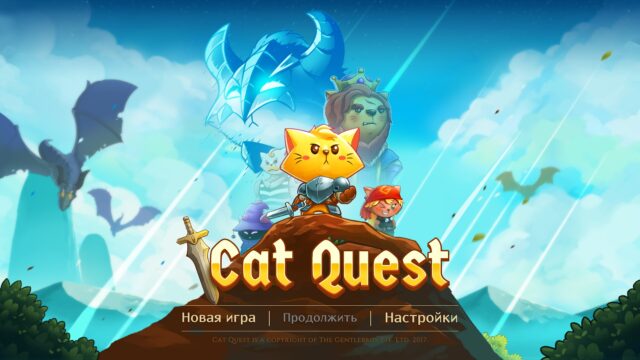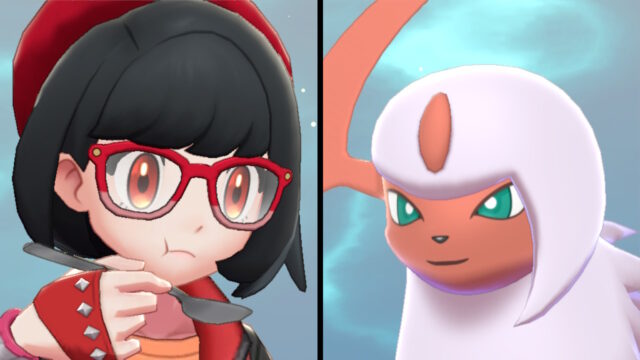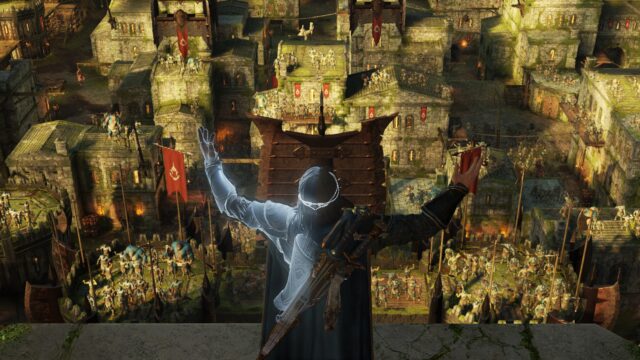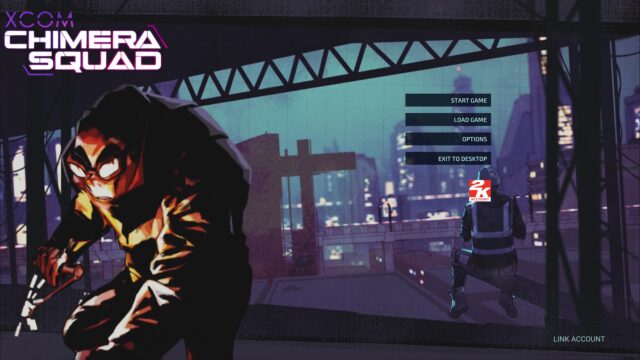Aloha, Alola: Pokemon Ultra Sun/Moon Review
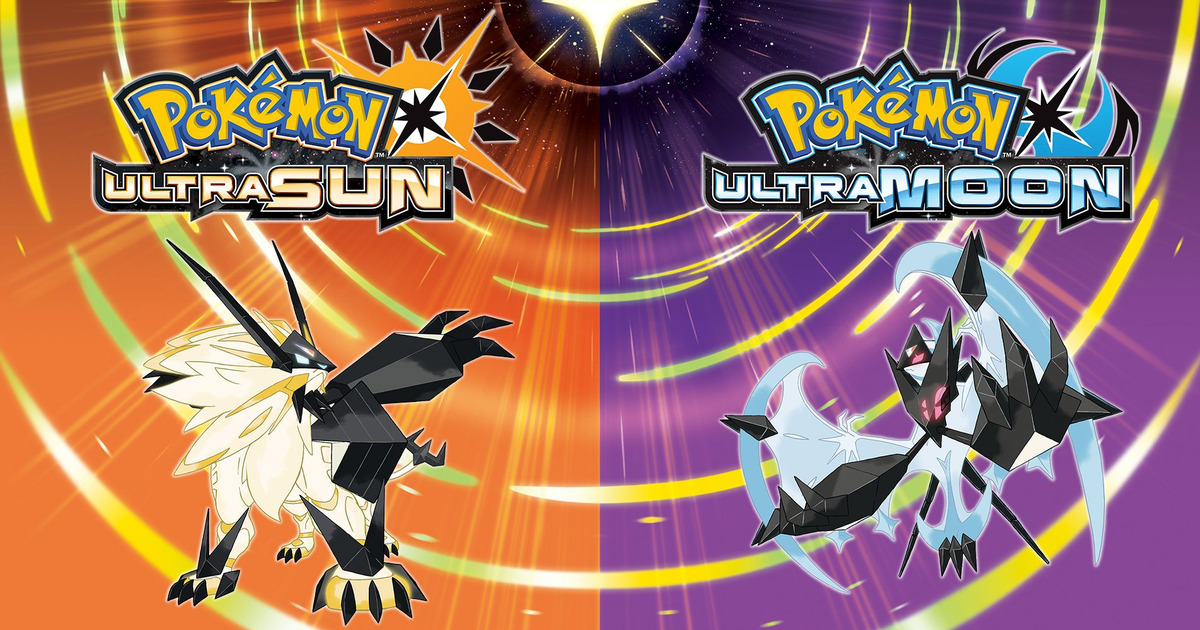
Pokemon Ultra Sun/Moon essentially are the same Pokemon games that come out every few years, but with improvements to modernize the franchise.
Diamond and Pearl in 2007 were the first steps in demonstrating the capabilities of Pokemon on a console with two screens. In Black and White, the environment became clearer, and Pokemon started moving in battles. The graphics improved even more in X and Y: Pokemon became three-dimensional in battles, and character design was enhanced. In Sun and Moon, stadiums and their trainers were removed in favor of more engaging and longer adventures.
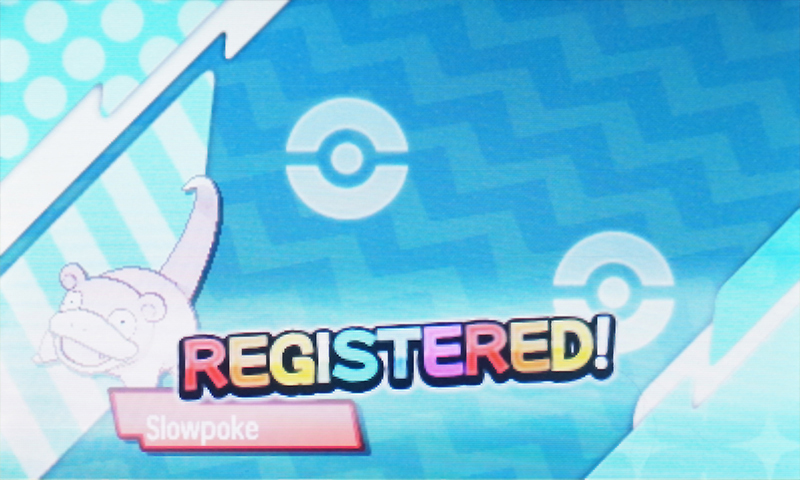
I apologize for the terrible quality of the screenshots. Nintendo has shut down the Miiverse service, which was the only way to take them. And I don’t want to hack my 3DS.
The shortcomings of Sun and Moon were in their simplistic and formulaic storytelling, as well as their tendency to hold the player’s hand during the simplest moments. Released a year later, Ultra Sun and Ultra Moon offer enough to make you want to take a second look.
From the first minutes, the most surprising changes are the visual ones: there is now more vegetation, the colors are more vibrant, and the locals are bustling everywhere. Birds fly in the sky, shadows stretch across the ground, and the camera constantly tries to show us what is in the distance.
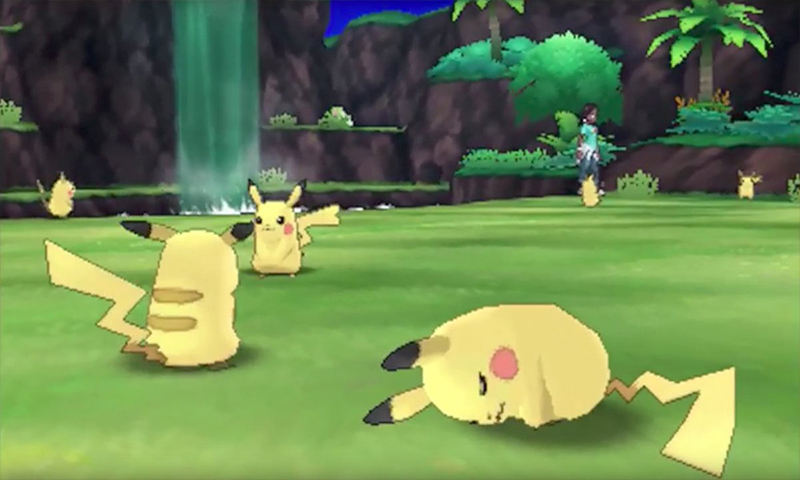
The musical themes are amazing, and the melodies and rhythms of each new city never get boring.
The basic structure of Sun and Moon remains the same. You are a Pokémon trainer in the new tropical region of Alola. As you travel through the islands, you make friends, make enemies, and face increasingly challenging trials. The mini-games and battles here reveal their full potential.
In the mini-game Mantine Surf, you control a Mantine, performing tricks and taming the crests of the sea waves. In Alola’s photo club, you can take a picture with your chosen Pokémon. If you are only familiar with the old games in the series, these things will be new to you.
At the beginning of the game, the Pokédex is upgraded by the Pokémon Rotom, and it becomes the “Rotom Dex”. You can build a relationship with it, and it will not only talk to you, but also ask questions as you get to know each other better.
Overall, in Pokémon Ultra Sun and Ultra Moon, the emphasis on interacting with Pokémon is strengthened, whether it’s simple games with them or completing side quests like finding hidden Pokémon or capturing a specific species.
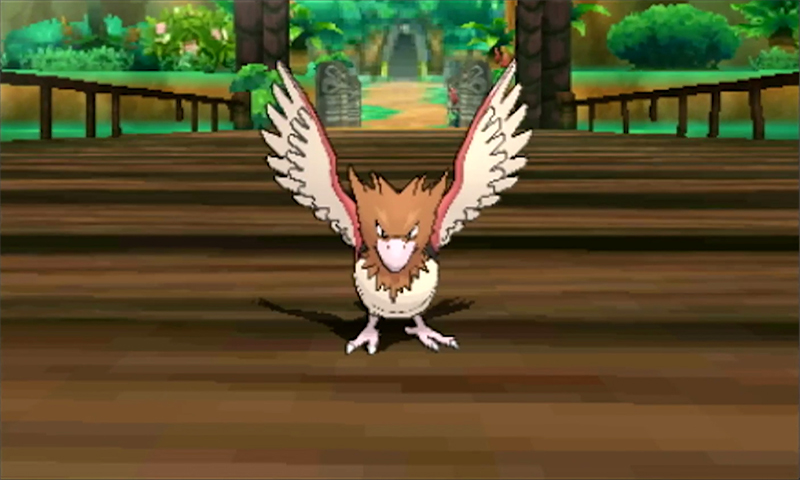
On the first islands, there are very few changes. Some trials have been reworked. In one of them, you will be asked to find ingredients for a dish, but you will still have to battle with a Totem Pokémon. And this time, players will be able to obtain Totem Pokémon (larger versions of regular Pokémon) for their collection.
Through wormholes, you can now travel to the Ultra Space (and therefore catch legendary Pokémon from previous games). I promised various Pokémon here, but in reality, there aren’t that many in the game. Catching them all is a quite achievable task.
The action in Ultra Sun and Moon transitions more quickly to the gameplay, but not as fast as experienced players would like. Trainers now choose their first Pokémon almost immediately, without the need to watch cutscenes or get acquainted with characters.
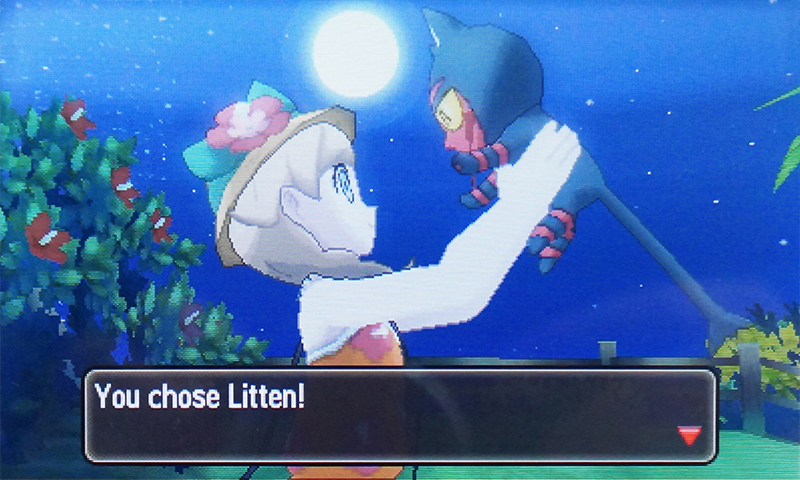
The overall plot has improved, with well-developed characters and clever references to previous games in the series. On the downside, dialogue choices have little impact on the events, and your character constantly smiles, even when everyone around is scared or upset. Be patient, as the game becomes less linear by the third island.
I can confidently recommend Ultra Sun and Moon to those who missed the previous installments. However, despite the many new features, I can’t say that the sequel will immediately appeal to fans of the series. The game starts off slowly, and you can’t skip the early stages. But if you get into it, you’ll find plenty of content that has been carefully crafted with attention to detail.
Everyone should decide for themselves whether it’s worth returning to Alola. This is not the massive franchise update that we’re waiting for. On the horizon, there is a new installment for the Switch, and Ultra Sun and Moon are likely the last exclusive “Pokémon” games in the Nintendo DS lineup.
Share
Discuss
More Reviews
